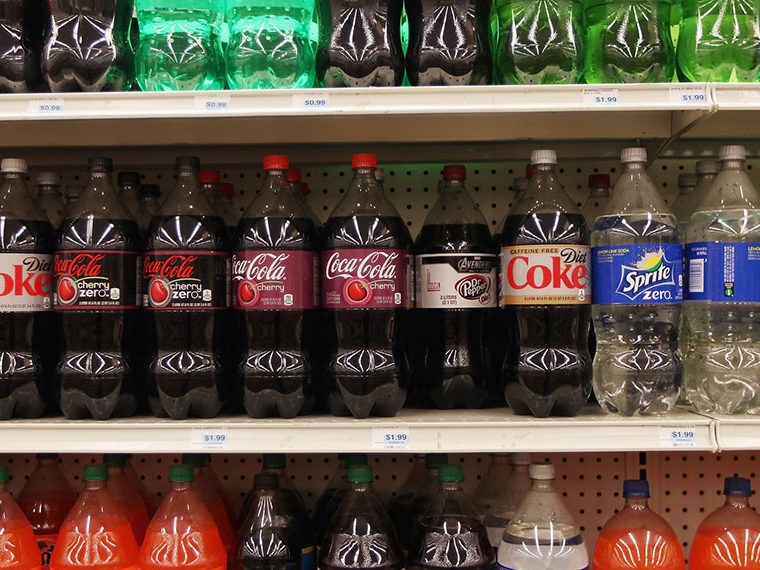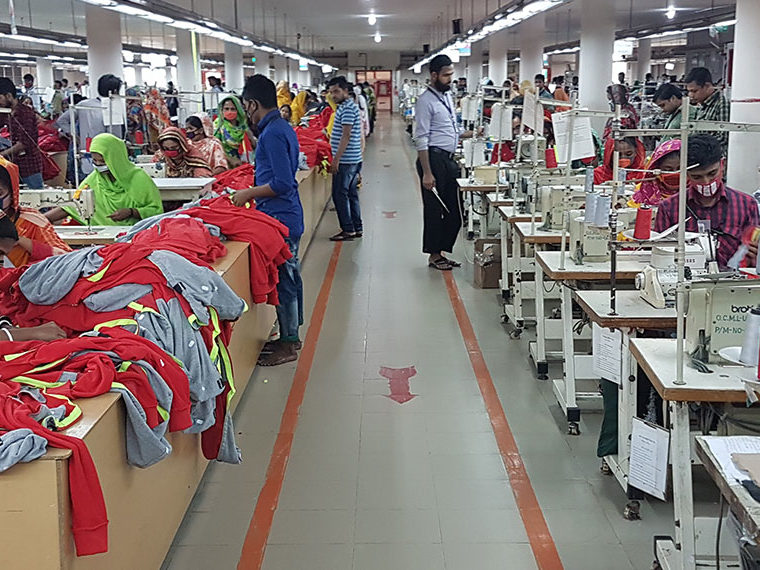Looking beyond traditional explanations
Twentieth-century labor-saving appliances helped open the path to women who worked outside the home, and the Pill, which accorded women some control over family size, accelerated that trend.
Those transformative inventions are among the more standard economic variables — such as development and education levels — used to explain gender roles across societies. But in recent years, economists have looked beyond these factors to the influence of culture. Cultural norms often have emerged from very real family economic considerations and, over time, it seems, have become beliefs about gender roles, even as the original consideration fades away.
UCLA Anderson’s Paola Giuliano analyzes this expanding body of research in an article forthcoming in the Oxford Review of Economic Policy.
Opt In to the Review Monthly Email Update.
Agricultural traditions: In societies that were reliant on plows to till the soil, men tended to do the farming while women focused on the home and, even as the role of brute labor diminished, those gender roles persisted. Higher parental authority is granted to the father, inheritance rules favor male heirs and women have less freedom to move outside the house, according to a study Giuliano authored. In these societies, women are also likelier to wear a veil in public.
Societies employing plow agriculture are also likelier to incorporate gender distinctions into their language, according to a separate study. Most Romance languages, for example, use different variants of a noun for men and women. Follow-up work discovered women who speak languages with gender distinctions are less likely to participate in economic and political activities and likelier to encounter barriers in access to land and credit.

Patrilocal societies: Gender inequality is higher where married couples traditionally reside with or near the husband’s parents. One study found that parents in patrilocal communities in northern India place greater value on a boy’s education and health than a girl’s because he remains part of the family after marriage.
Matrilocal societies: In Indonesia, where married couples move in with the bride’s parents, the parents historically invest more into their daughter’s education than parents in non-matrilocal societies. However, a study found that when the government introduced a pension program — effectively decoupling old-age support from parental investment in children — the parents reduced the investment in their daughters.
Dowry versus bride price: Societies that pay dowries (a payment from the bride’s parents to a married couple) value sons more than daughters. But cultures where bride price payments (a transfer from the groom or his family to the bride’s family) are common are likelier to see a value in educating girls, according to a study conducted in Indonesia and Zambia.
Mothers-in-law: A woman is likelier to work if her mother-in-law worked than if her own mother worked. A 2004 study suggests that sons who grew up with working mothers may prefer a working wife or are likelier to participate in household activities, making it easier for their partners to work. Follow-on research suggests this might be driven by a woman’s own preferences formed before selecting a spouse.
Hiding ambition: A study of MBA students at a large public business school in the U.S. found that single women shied away from career-enhancing moves, presumably because they feared it would hurt their chances of marriage. Students were given a questionnaire on careers; some were told their answers would be shared publicly, others were assured anonymity. The researchers found that single female students reported lower desired salaries and less willingness to travel or work long hours, but only when they knew these preferences would be shared with their male classmates. Other groups, men and married women, were not influenced in this way.
Male-female imbalance: Australia’s early immigrants were largely male farmers, miners and convicts shipped over from Britain. Men vastly outnumbered women. A study showed the imbalance was associated with women being likelier to get married, less likely to work outside the home and less likely to work in high-ranking occupations. Those trends continue to this day.
Women who out-earn men: China’s adoption of spinning and weaving technologies revolutionized the cotton industry, allowing women to produce textiles at home and then sell them. This allowed them to earn as much or more than their husbands, boosting their status and value, according to one study.

Information changes norms: In the closely controlled and patriarchal society of Saudi Arabia, female labor force participation is just 15%. A study conducted there found that men who privately supported their wives’ working outside the home also substantially underestimated the number of men who shared their views. When told they were not alone, they were far more willing to let their wives work and, five months later, their wives were far likelier to have applied for and interviewed for a job outside the home.
Instability can undermine norms: Giuliano co-authored a study analyzing weather data dating back to A.D. 500. The study found societies with greater cross-generational climate instability placed less importance on preserving cultural traditions, including gender norms, as measured by female participation in the labor force.
Favoring boys: Giuliano co-authored a study that found parents who favor boys tend to have daughters who score an average of three percentage points lower on standardized tests than girls raised in other types of families.
Competitiveness: A study exploring the behavior of the Masai, a patriarchal society in Tanzania, and the Khasi, a matrilineal society in India in which women control inheritance and lineage, found, among the Masai, 50% of men chose to compete in the ball-throwing game versus only 26% of women. In the Khasi society, though, 54% of women chose to compete, versus only 39% of men.
Featured Faculty
-
Paola Giuliano
Professor of Economics; Chauncey J. Medberry Chair in Management
About the Research
Giuliano, P. (in press). Gender and culture. Oxford Review of Economic Policy.






